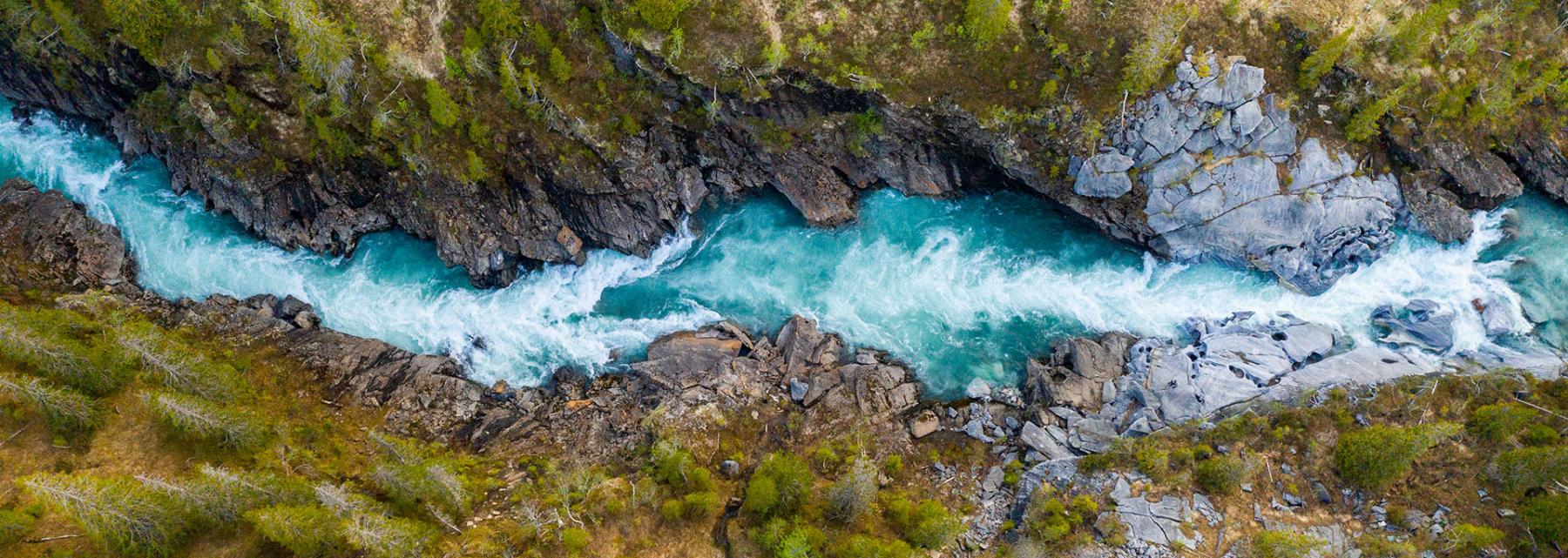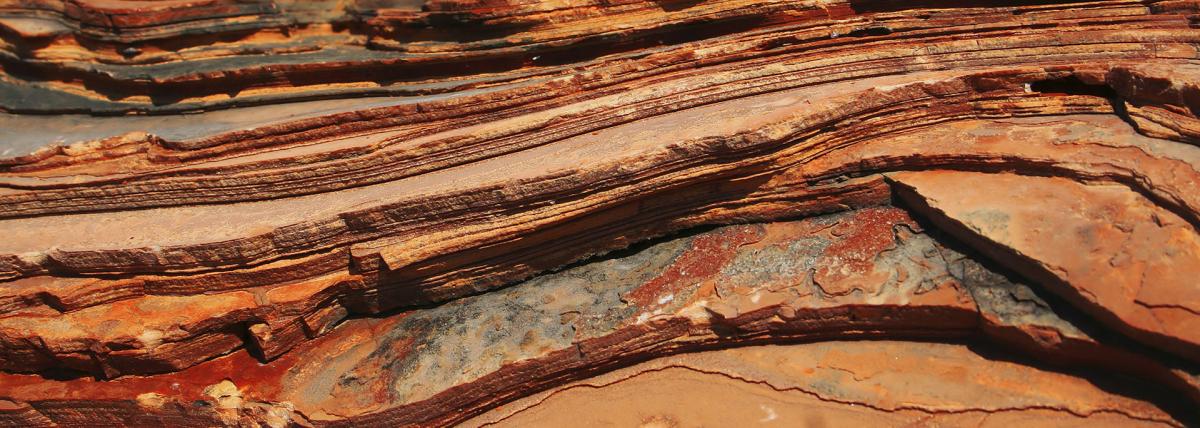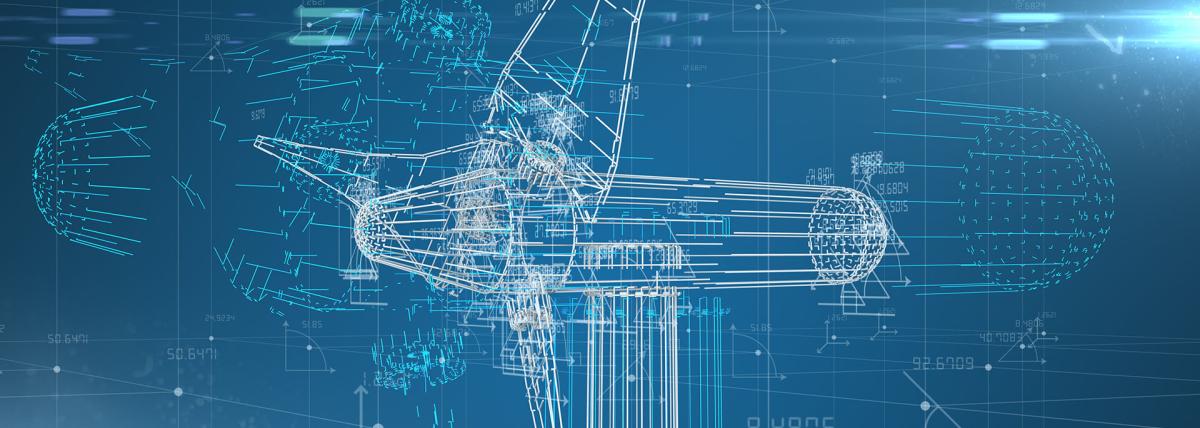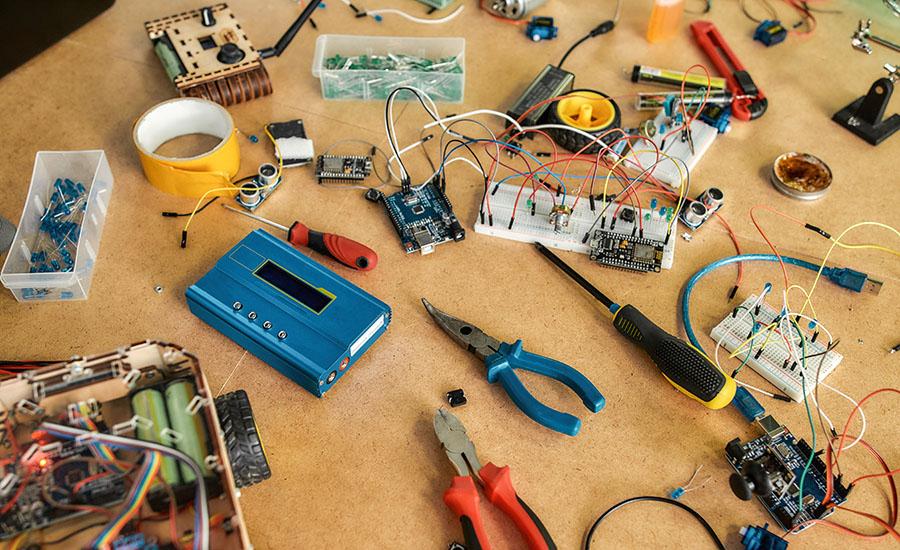
Saltwater vs. Freshwater
In this lesson students will show the proportion of freshwater compared to saltwater on Earth.
Students will define the problem of having a limited amount of fresh water using evidence gathered from research. They will engineer a device that can change saltwater into freshwater. Students will show their understanding and create models based on their understanding that matter is made of particles that are too small to be seen by the human eye.
Lesson Grade Level
5th GradeLesson Plan Link/URL
https://docs.google.com/presentation/d/1GzLHvM_ii3P9mQLQGXnRMDg0y4uzY6RL/edit?u…Subject Area
Science Physical Science P1: Matter Life Science L2: Organisms & Energy Engineering S1: Engineering & Global Society S2: Apply the Engineering Design Process S4: Apply Science to Engineering Mathematics Measurement and Data (MD)Related Content

Designed for three hour-long STEAM Club meetings for scholars from kindergarten - fourth grade. This lesson plan can also be used for fifth-seventh grade scholars. Scholars will learn about

Students design and build air powered gliders in this engaging lesson. This is a fun way to teach and apply principles of force as they apply to flight including lift, gravity, thrust, and drag
